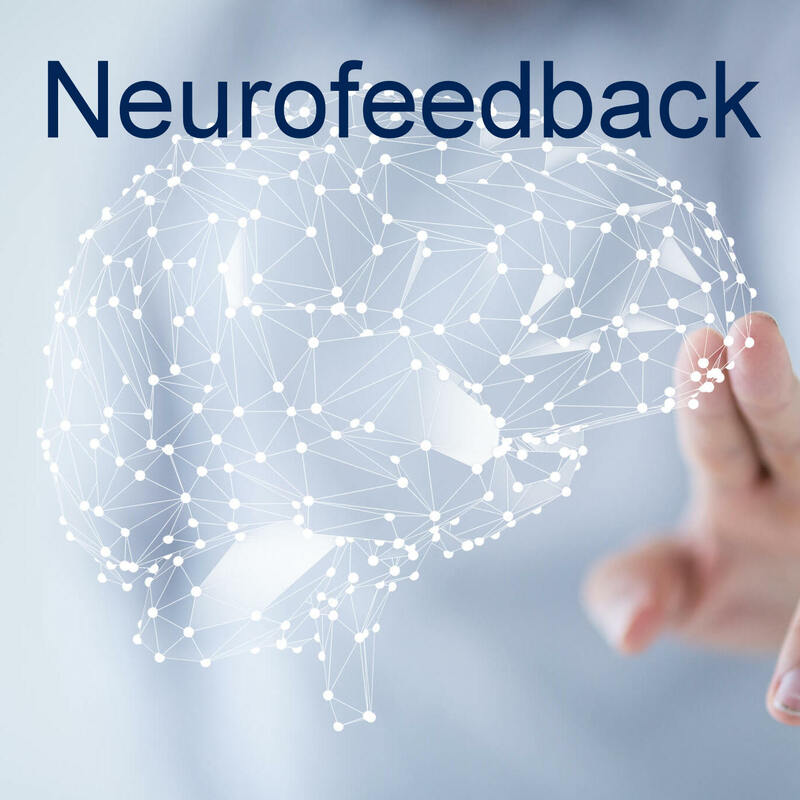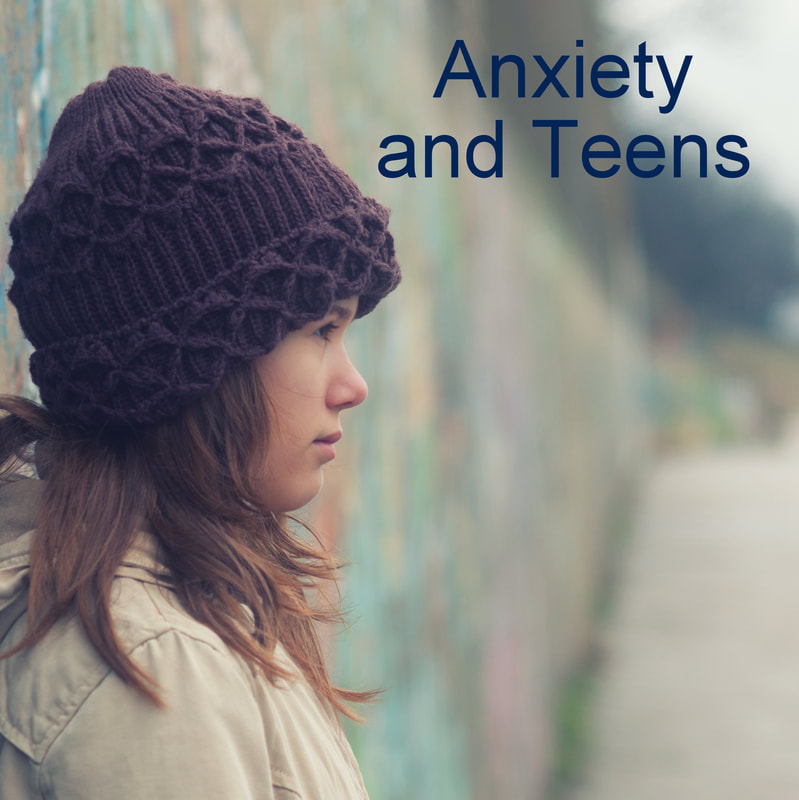|
by Sharon Grand, Ph.D. According to a new study led by University of Maryland School of Medicine researchers, “Elementary school-age children who get less than nine hours of sleep per night have significant differences in certain brain regions responsible for memory, intelligence and well-being compared to those who get the recommended nine to 12 hours of sleep per night.” These findings would not be surprising for any parent who has ever dealt with with a tired child. Children are highly impacted by fatigue with significant changes in mood, attention, and focus, so it is easy to imagine how consistent, good quality sleep can have positive effects in the long term on their intelligence and well-being. Let’s talk about some tips on how to help your elementary child go to sleep and stay asleep through the night. Sleep is a ritual. Think about the way that you go to sleep every night. Almost all of us have a very consistent routine or ritual that we engage in before bed, doing the same things in the same order. This may include shutting off the lights, taking a shower, brushing your teeth, getting a glass of water, watching TV or reading. Rituals are a powerful tool for helping us get off to sleep. Help your child develop a ritual, and more importantly, make it fun and rewarding. Think about a race to see who can get on pajamas first (parents always lose), a special glass for water by the bed, a teddy bear to sleep with, and my favorite, read aloud stories or other quiet, quality time with a parent before sleep. These rituals, when done consistently, provide comfort and cue your child’s brain that it is time for sleep. Reduce lights and interactive screen time. Bringing the lights down triggers our body to produce melatonin, a hormone that helps us sleep. Think about having soft lighting in the 30 minutes or so before bed. Many people do not recommend TV before bed, but it has been my experience with families that watching a short TV show together with a parent in a room with soft lighting can be soothing for some children and help with sleep. Social media, video games, and interactive or quick videos such as youtube or tik tok tend to activate the brain and make sleep more difficult. Help your child fall asleep independently. Helping your child learn to fall asleep independently will help them to go back to sleep quickly on their own if they wake up at night. I am not at all against co-sleeping in elementary school, as long as both parents are comfortable and happy with it. If your child is not co-sleeping and they want you to stay with them until they fall asleep, try one of these routines.
Helping your child stay asleep. It is not unusual for children to climb into bed with their parents in the middle of the night. Of course, if a child is sick or had a nightmare, it is appropriate and expected for them to want to be with their parents. On a consistent basis however, it can be disruptive to sleep and to the precious time that parents have alone together. Teaching your child to fall asleep independently is very important. If they cannot fall asleep independently at bedtime, they won’t be able to do it in the middle of the night. Once you have helped them to learn to fall asleep independently, choose a time for middle of the night “sleep training.” The best time is perhaps a week off when parents can afford to lose some sleep. Make a commitment to bring your child back to bed when they come into your bed. This should be done quietly and soothingly, without providing rewards like a glass of milk, a snack, or a 5-minute cuddle session. Bring the child back to bed, remind them kindly that it is bedtime, tuck them in, and then either leave or use the booklight/check-in method (if still using that during bedtime). Alternatively, think about having a sleeping bag in your room for middle of the night visits. Let the child know that they are welcome to come in your room, and you have created a special place for them to sleep. Make it clear that each person who sleeps in the room has their own space. “My space is this side of the bed, Mommy’s space is here, and your space is in your bed but you can also have this space if you wake up and you want to be closer to us.” Dealing with nighttime fears. Fears of nightmares, monsters, ghosts, or other unusual imaginary creatures are a common part of childhood. Children are highly imaginative and often are best soothed when we join them in the world of imagination. Think about a “Monster spray” that keeps monsters away (a spray bottle with water in it), or a dream catcher, or special nightlight. If a child is not soothed or has an extreme amount of fears, talk to a therapist or your pediatrician. Most importantly, consistency is key. When you are sleep training your child, it is important to be 100% consistent. If you hold out for three nights and then give in the fourth because your child is giving you a hard time, your child will only learn that “Mom sleeps with me only when I give her a hard time.” So, hang in there parents! With a little persistance both you and your child will reap the rewards of a good night’s sleep! *Neuroscience News Article on Sleep: https://neurosciencenews.com/child-sleep-brain-development-21148/?fbclid=IwAR14wwrzRbW9DpFBNUzpr6bmHtBSw9L7oCvPXNK-_Xe58eN7i6Y9kMCiOyg&fs=e&s=cl
0 Comments
Leave a Reply. |
Archives
October 2023
Categories
All
|


















